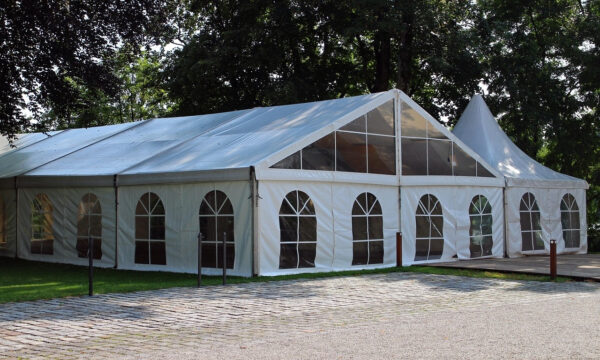The most common survey issues found in Birmingham’s 1930s homes

Birmingham’s 1930s homes are popular for their character, but they often hide problems that only a professional survey can reveal.
These properties, now close to a century old, carry structural and maintenance challenges that buyers and sellers need to understand before committing.
Carry on reading to learn the most frequent survey issues in these houses and why addressing them early can save time, money, and stress.
Damp and condensation
One of the most common issues found in 1930s homes across Birmingham is damp. Many houses of this era were built without modern damp-proofing methods, so rising and penetrating damp often affects ground floors and external walls.
Condensation is also a typical problem, particularly in kitchens, bathrooms, and poorly ventilated rooms.
Left untreated, damp can lead to mould growth and even weaken plaster or brickwork. A Birmingham home buyers survey will usually flag these concerns, giving a clearer picture of potential repair costs.
Timber decay and woodworm
Timber was widely used in 1930s construction, from flooring and roof frames to window and door surrounds. After nearly a hundred years, much of this original timber is at risk of decay.
Wet rot and dry rot can spread quickly if moisture levels are high, and wood-boring insects such as woodworm are often discovered during surveys.
If the structure of floors or roofs is affected, repairs may become expensive, so identifying these problems early is essential for anyone purchasing a property of this age.
Roof problems that can’t be ignored
Roofs on 1930s homes were commonly tiled with clay or slate, and many are now showing their age. Surveys frequently uncover slipped or cracked tiles, leaks around chimneys, and sagging roof timbers.
Insulation is often inadequate too, meaning higher heating bills if improvements aren’t made. A professional inspection of the loft space and roof covering is vital, since minor issues spotted during a survey can prevent far larger problems from developing in the future.
Cracks and movement linked to clay soils
Birmingham sits on areas of clay-rich ground, which makes 1930s houses more vulnerable to subsidence and settlement. Small cracks in plaster may not be serious, but larger cracks running through walls or ceilings could suggest structural movement.
A surveyor will assess the scale and likely cause, recommending further investigation if needed. Understanding whether cracks are cosmetic or linked to subsidence is crucial, as the latter can affect mortgage approval and property value.
Outdated drainage and pipework
Many drainage systems in 1930s homes are original, which means they’re often cracked, blocked, or corroded. Defective drains can cause unpleasant smells, surface water build-up, and even foundation problems if water seeps into the ground around the property.
Old pipework may also need upgrading to meet modern standards. A survey highlights these risks so that buyers can budget for repairs and avoid costly surprises after moving in.
Final thoughts
1930s homes remain a favourite in Birmingham for their solid construction and period features, yet age inevitably brings maintenance challenges.
Recognising the most common survey issues allows to approach the buying or selling process with confidence. A thorough inspection not only protects your finances but also helps secure a safer, more comfortable home for the future.
The editorial unit

























Facebook
Twitter
Instagram
YouTube
RSS